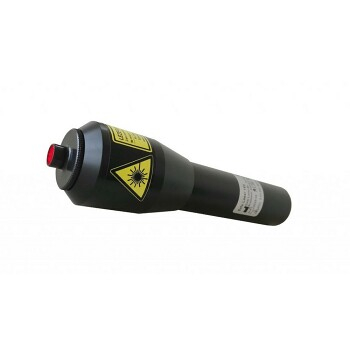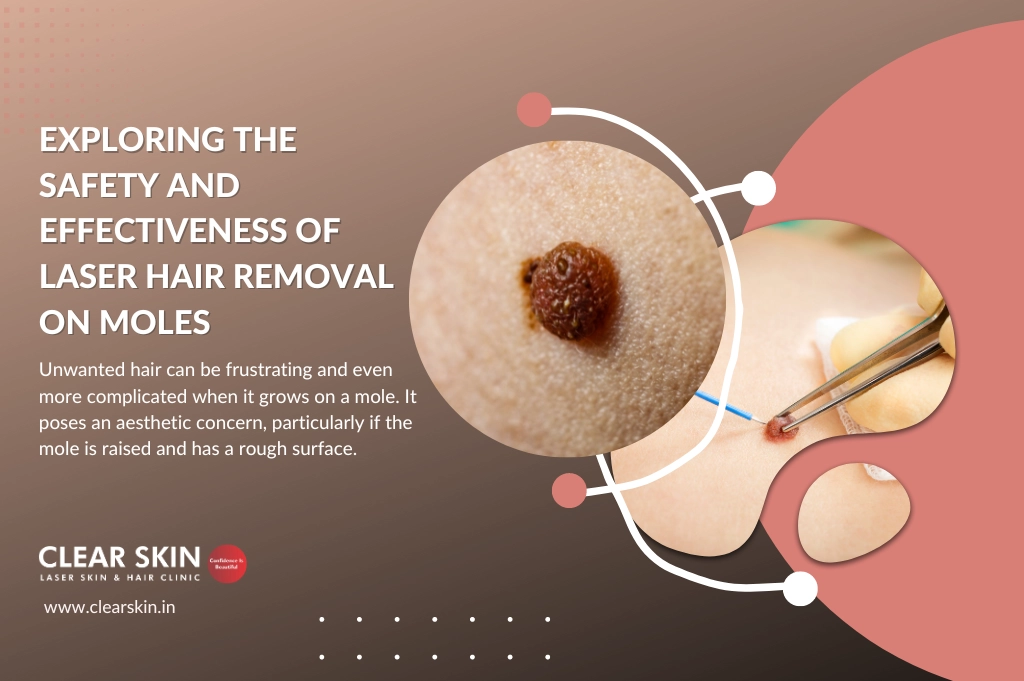Free Facts For Choosing A Safe Laser Therapy
Free Facts For Choosing A Safe Laser Therapy
Blog Article
How Does Low-Level Safe Laser Therapy (Lllt) Aid In Treating Locomotor Injury And Pain?
Safe Laser low-level laser therapy (LLLT) is a great option to assist with pain in the locomotor area and injuries from sports through a variety of ways. Reduced Inflammation- LLLT can reduce inflammation by reducing pro-inflammatory cytokines and stimulating the release of anti-inflammatory mediators. The reduction in inflammation could reduce pain and swelling due to injuries.
The speed of tissue repair is increased. LLLT boosts cellular metabolism, leading to faster healing of tissues and regeneration. It enhances collagen synthesis, which is crucial to repair injured ligaments, tendons, and muscles.
Relief from pain LLLT alters the sensation of pain by controlling nerve conductivity as well as reducing the pain-inducing agents, like substance P. Furthermore it increases the release of endorphins. These are substances naturally produced by the human body that can reduce the sensation of pain.
Improved blood circulation LLLT improves the microcirculation via vasodilation. The increased flow of blood is later delivered to the location of injury. The improved blood circulation supplies oxygen and nutrients to tissues, facilitating healing and speeding up recovery.
Muscle Relaxation- LLLT can help relieve tension and spasms in muscles by encouraging the release of nitric oxide, which causes smooth muscle relaxation. This could prove beneficial for athletes suffering from muscle stiffness.
LLLT stimulates the regeneration of tissues and helps to reduce the growth of scar tissues. They can hinder motion and cause chronic pain if they are not treated properly.
Increased Range of Motion LLLT can help improve joint flexibility and range of motion, by eliminating inflammation and pain which allows people to return normal activities and sports participation quicker.
Overall, Low-Level Laser Therapy using Safe Laser is a non-invasive, drug-free method of managing sports injuries and pain in the locomotor area. This therapy promotes faster healing and better functional outcomes in patients suffering from musculoskeletal problems. Read the top safe laser 500 ár for blog advice including lágylézer vásárlás, safe laser kezelés budapest, lézer kezelés hatása, lágylézer bérlés, lágylézer bérlés, lezeres kezeles, gyógyító lézer, lágy lézer kezelés, safe laser használata, mozgásszervi betegségek kezelése and more.
What Can Safe Laser Do To Help With Ear, Throat, And Nose Problems?
LLLT can reduce inflammation by reducing the effects of LLLT. This can be beneficial for conditions such as sinusitis, rhinitis, and tonsillitis, where inflammation may cause symptoms such as nasal congestion, sore throat, and ear pain. It can help with ailments like sinusitis, tonsillitis and rhinitis which can cause inflammation and result in symptoms like nasal congestion, sore throat and ear irritation.
Pain Relief - LLLT is effective in relieving the discomfort associated with sinus pressure, earaches and sore throats.
Enhanced Healing of Tissues- LLLT can boost healing and tissue regeneration by stimulating cellular growth and metabolism. In ENT conditions such as otitis media (middle ear infection) or pharyngitis (sore throat), LLLT can help accelerate the healing process of damaged or affected tissues.
Improved Blood Circulation LLLT enhances microcirculation and vasodilation, leading to greater circulation of blood to the region. Increased blood flow could aid in healing and decrease inflammation by increasing the amount of oxygen and nutrients.
Antimicrobial effects- LLLT has been shown to have antimicrobial effects, that can reduce the the amount of bacterial or viral burden in the throat or nasal passages. This can be helpful in the treatment of infections like sinusitis or tonsillitis.
The relief of allergic symptoms - LLLT can help relieve symptoms of allergies like hay fever and allergic rhinitis by reducing inflammation inside the nasal passages. This can result to reduced nasal congestion and the occurrence of sneezing.
Management of TinnitusTreatment of Tinnitus LLLT has been studied as a possible treatment option for tinnitus, a condition which is characterised by buzzing or ringing in the ear. Although the precise mechanisms are not understood, LLLT can help improve blood flow and decrease swelling in the auditory organ leading to a decrease in Tinnitus.
Overall low-level Laser Therapy with Secure Laser is a safe and non-invasive method of treating many ear-nose-throat-related issues. The therapy offers symptomatic relief and accelerates healing. Prior to using LLLT you should consult a specialist ENT for a diagnosis and recommendations on treatment. View the top safe laser bérlés for site tips including lágylézer készülék bérlés, lágy lézer kezelés, safe laser kezelés budapest, laser lézer, lézer kezelés hatása, lágylézer készülékek, lézer kezelés hatása, lágylézer hatása, orvosi lézer készülékek, lágylézer kezelés árak and more. 
What Is The Time It Takes For A Safe Laser Device To Be Effective On Oral And Dental Conditions?
Safe Laser Low-Level Laser Therapy (LLLT), can provide numerous benefits for dental and oral conditions. The results can vary according to the particular condition that is being treated, how serious the condition is, the patient's general oral health, as well as his/her response to treatment. In general, a sequence of LLLT sessions spread over a specific time frame is recommended to get the best results for oral and dental conditions.The amount of LLLT sessions required for oral and dental conditions will depend on a variety of factors.
The Type and the Severity of your conditionThe kind of mouth or dental condition that you're treating may affect the number LLLT sessions you require. Based on the severity of the issue, LLLT may be required in various ways.
Individual Response to Treatment Personal factors, such as the overall condition of a person's mouth as well as their immune system and their healing capacity will affect the way they respond to LLLT. Some individuals may respond faster to treatment, as well as a more rapid improvement in their symptoms. Some may require longer treatment.
Treatment Protocol - The treatment procedure recommended by a dental professional will play a significant role in determining the number and frequency of LLLT sessions to treat oral and dental issues. Healthcare professionals can tailor the treatment plan to suit your individual requirements. This might include scheduling LLLT several times a week or at specific intervals for a longer time period.
Chronic as opposed to. Acute Condition- The difference between acute and chronic conditions also impacts the amount of LLLT sessions required. Acute problems such as oral sores or postoperative pain might require less sessions for relief. Chronic issues such as TMJ or periodontitis could need longer treatments.
Certain people will experience improvement in dental and oral conditions with just a couple of LLLT sessions. Others might require more treatment to attain the desired results. For optimal outcomes, it is recommended to adhere to the dentist's treatment plan. Also, you should be present at every scheduled LLLT appointments. In addition, continuous monitoring of oral health and regular communication with a dental professional is essential to ensure appropriate management and changes to the treatment plan when needed.